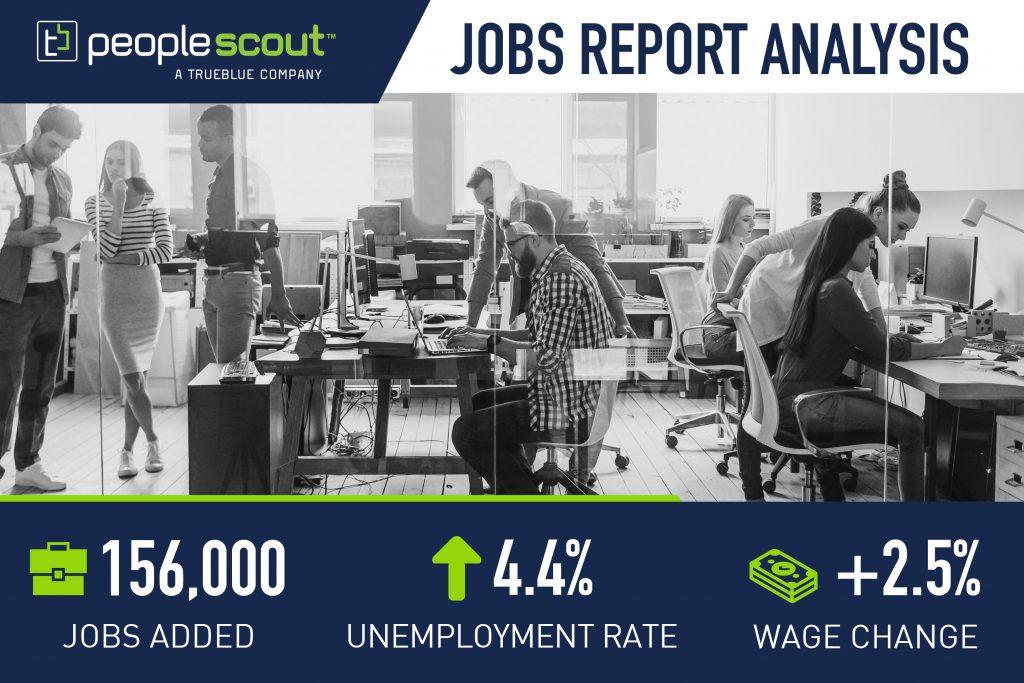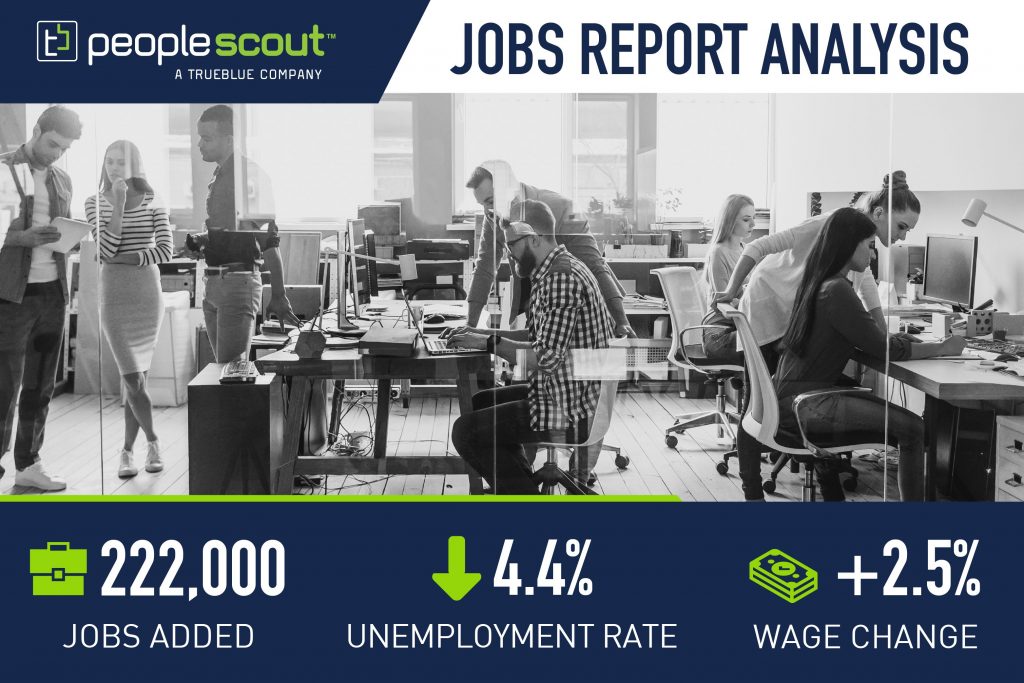Total Workforce Solutions blend Recruitment Process Outsourcing (RPO) and Managed Service Provider (MSP) capabilities into one integrated program. With Total Workforce Solutions, you’ll add value and reduce risk by gaining valuable insights into your entire workforce, from contingent to full-time employees.
There is a growing global demand to bring together MSP and RPO services for a holistic approach to sourcing strategies. Total Workforce Solutions cover the full spectrum of talent; including employees, independent contractors, temporary workers, part-time workers, seasonal workers, SOW, outsourced services and freelancers. These solutions allow organizations to think about talent as a whole, by incorporating both full-time and contingent workers into their total workforce mix.
Total Workforce Solutions may also enable organizations to address relevant questions around the contingent and full-time employee mix, the real cost of different worker types and what worker types will best maximize productivity and cost-effectiveness. Visibility into the total workforce will help talent leaders understand how to integrate contingent and full-time employees to increase productivity and lower costs.
Talent acquisition professionals are ready to access not only combined MSP and RPO services but also to embrace the benefits that come with a blended approach to recruitment and talent management.
Stay Ahead of Industry Trends
The right strategic workforce for any business may involve a mix of permanent and temporary positions. It can require mass recruiting as well as laser-focused searches, with metrics and analytics to track performance. With so much riding on talent, it’s no surprise that recruitment and employment strategy has become more complex. The changing world of work, talent scarcity, demand for improved analytics and technology and pressure for improved ROI on every recruitment dollar are all drivers in the logical development of blended, or bundled, service offerings.
Research from the Everest Group identified industry trends underpinning the adoption of combined MSP and RPO solutions, which include:
- Growth in the contingent labor force: A study by Intuit predicts that 43% of American workers will be employed on short-term gigs by 2020.
- Globalization: Companies require the flexibility to access talent from diverse geographies.
- C-Suite Focus on Talent: Increased focus means effective talent acquisition is both a high priority and high visibility.
- Economic forces: Organizations continue to need the flexibility to scale up or down given the volatile nature of the economy.
- A Unified Strategy: Companies are struggling to integrate different types of workers into a coherent strategy.
Key Drivers of Total Workforce Solutions
The following five factors further explain why Total Workforce Solutions are needed — and needed now.
1. Growth in the contingent workforce makes working with an MSP a necessity.
The gig economy is growing, which means more and more talent will be classified as contingent workers. An MSP program will help organizations ensure they have the right strategy to access that talent. If your company solely focuses on hiring full-time employees to fill your workforce needs, you may miss out on the talent that lies on the contingent side.
2. Continued strategic focus on the contingent side means MSPs must go beyond business as usual.
An Ardent Partners survey showed that 95 percent of organizations perceive contingent talent to be vital not only to day-to-day operations but also to the ultimate success and growth of their enterprise. It is no longer just enough to attract contingent workers; companies must be able to integrate them into their total talent workforce planning strategically.
3. Increased C-Suite focus on talent means talent acquisition is a high priority and that talent acquisition efforts must deliver.
PricewaterhouseCoopers’ Annual Global CEO Surveys, which gather feedback from 1,400 CEOs worldwide, stresses that talent acquisition and management should remain a top priority. In the 2016 survey, 75% of CEOs listed developing talent as one of the top three priorities of businesses.
These priorities beg the question, is HR equipped to handle evolving talent acquisition and management needs? In 2014, researchers for the Global CEO Survey delved into talent and HR and found a crucial insight: 93% of CEOs said they needed to change strategies for attracting and keeping talent, but only 34% said HR was well prepared.
The increased focus on talent acquisition means that HR, talent acquisition and procurement professionals will need more visibility into their workforce to ensure that they are attracting, hiring and developing the right talent – contingent or full-time – to make the most impact on their organizations.
4. Companies are struggling to integrate all the different kinds of workers into a coherent strategy.
Recent Deloitte research demonstrated that more than 70% of the 7,000 companies surveyed are having difficulty integrating a blended workforce. The need for a blended workforce coupled with the difficulty companies have integrating their contingent and full-time workers creates additional demand for the integrated planning capabilities and enhanced visibility across talent streams Total Workforce Solutions bring.
5. Integrating your workforce into one unified strategy matters.
Blending contingent and full-time approaches mean a more mature talent acquisition function and those mature talent acquisition approaches produce big dividends for their organizations.
According to a study by Bersin by Deloitte, unified workforce strategies are 2.6x more effective on talent acquisition outcomes. Total Workforce Solutions help talent acquisition professional make more informed decisions cross-enterprise, drive worker quality and retention, and reduce costs and risks.
The adoption of blended solutions will continue to increase as talent acquisition professionals look for providers with an expanded scope of services to meet specific program challenges across the entire talent spectrum.
Are Total Workforce Solutions Right for Your Organization?
Implementing a Total Workforce Solution requires a strategic relationship with the right partner to match your company’s needs. That partner should understand your business and the strategic impact of talent – both contingent and full-time – across the enterprise, and have the tools and processes to make a difference in your organization. Furthermore, the partner should understand what top talent can accomplish and identify contingent workers that will make excellent candidates for full-time employees and vice versa.
These needs can be met with a Total Workforce Solutions provider skilled in talent pooling, workforce consulting and data analytics.
Before implementing a Total Workforce Solution, providers must complete a needs assessment to identify the ideal workforce mix for each client. Different factors, such as worker type, geography, assignment duration and more, will change based on each organization’s business goals and objectives. There is no way to prescribe the appropriate mix of full-time and contingent labor across the board; it is important to build a solution around what is best for each client individually.
With Total Workforce Solutions, integrated implementation teams cross-trained in both RPO and MSP programs gives clients the benefit of flexibility and scalability. Allowing for shared learning across teams provides access to the best expertise and processes from both MSP and RPO implementation experience.
Total Workforce Solutions are an emerging trend in talent acquisition that is poised to create an impact in the industry. With the C-Suite placing a high premium on talent acquisition, companies will require greater visibility into their entire workforce to create the most efficient program to meet both recruiting and revenue goals. No matter the maturity level of your current MSP and RPO programs, a holistic view of your workforce through a Total Workforce Solution will help you optimize your talent acquisition program.
Check out our white paper, Total Workforce Solutions: Optimize Talent Acquisition by Blending RPO and MSP, to learn how to optimize your talent acquisition efforts.

